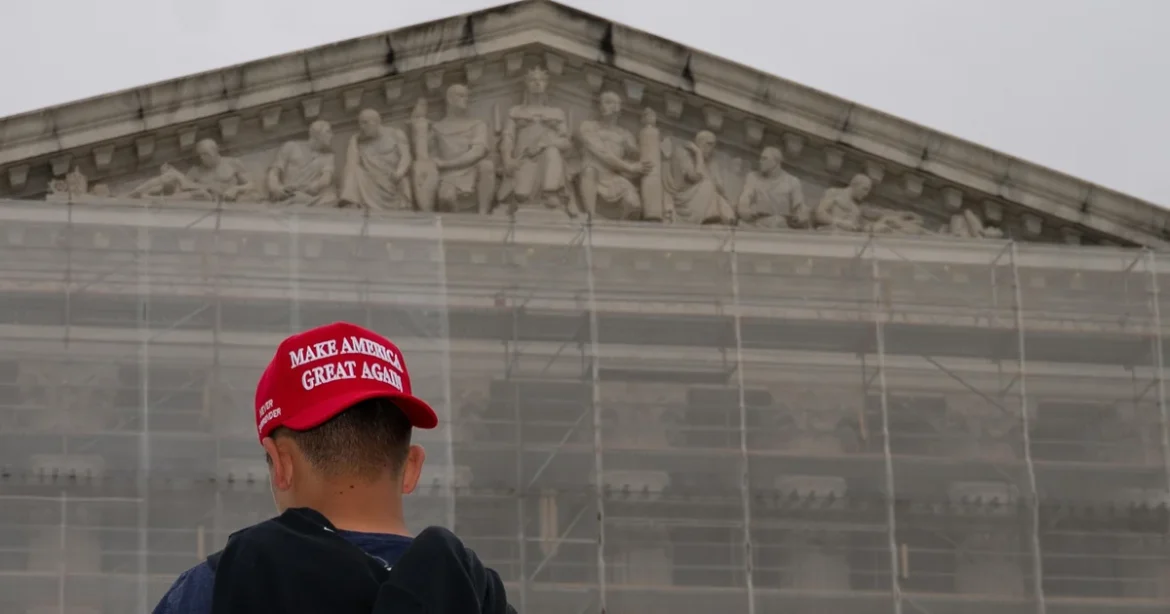The Supreme Court of the United States opened its new term with cases on redistricting, executive authority, and social issues. The rulings could influence U.S. law and governance.
The court will hear arguments on the use of race in drawing congressional and legislative districts. The case questions whether race served as a main factor in creating voting maps and if the process complied with the Voting Rights Act. The decision could affect how states design electoral districts and shape political representation.
The justices will also review policies introduced during President Donald Trump’s administration. The cases focus on the limits of presidential power and whether certain actions changed the structure and operations of the executive branch beyond constitutional bounds.
Other cases involve privacy rights, free speech, and religious freedom. The rulings could affect how constitutional protections apply to modern issues.
With six conservative justices, the court’s decisions may set new legal precedents or overturn existing ones. Legal experts, lawmakers, and citizens are watching the outcomes of these cases as the term continues.

